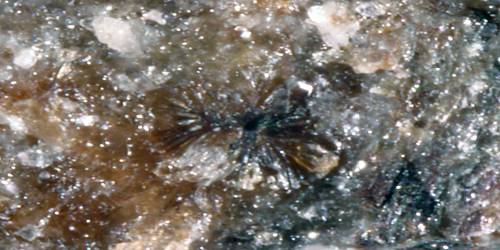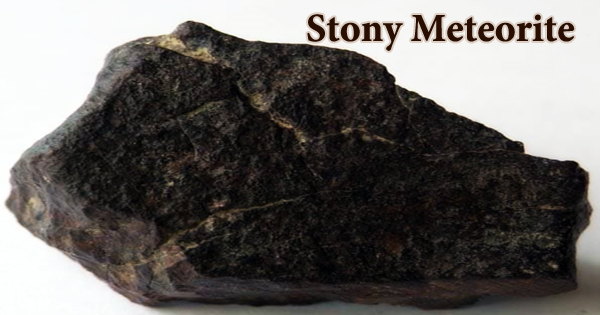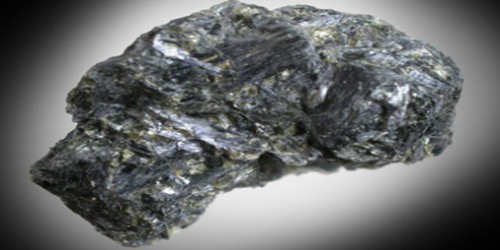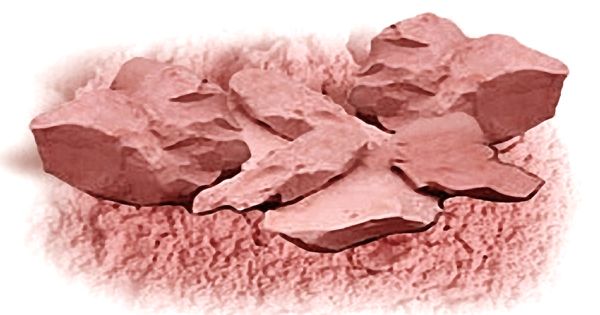Clinoclase is a hydrous copper arsenate mineral, Cu3AsO4(OH)3. It is a rare secondary copper mineral. It was first known from the Wheal Gorland Mine (now closed), a producer of many fine, rare and forms acicular crystals in the fractured weathered zone above copper sulfide deposits. It has a beautiful dark blue to dark greenish blue color.
Abichite is another name for clinoclase. The type locality for clinoclase is the Wheal Gorland mine at St Day, Cornwall in the United Kingdom.
General Information
- Category: Arsenate minerals
- Formula: Cu3AsO4(OH)3
- Crystal system: Monoclinic
- Crystal class: Prismatic (2/m) (same H-M symbol)
- Color: Blue, greenish-blue, dark green-black; blue-green in transmitted light.
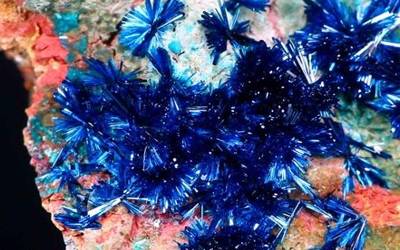
Properties
The crystal system is monoclinic 2/m. It has a hardness of 2.5 – 3 and a relative density of 4.3. Associated minerals include malachite, olivenite, quartz, limonite, adamite, azurite, and brochantite among others.
- Lustre: Vitreous, Pearly
- Transparency: Transparent, Translucent
- Comment: Lustre pearly on cleavage surfaces.
- Streak: Bluish green
- Hardness: 2½ – 3 on Mohs scale
- Tenacity: Brittle
- Fracture: Irregular/Uneven
- Density: 4.38 g/cm3 (Measured) and 4.42 g/cm3 (Calculated)
Occurrence: A rare secondary mineral in the oxidized zone of some arsenic-rich hydrothermal base-metal deposits. It occurs in vitreous, translucent dark blue to dark greenish blue colored crystals and botryoidal masses.
Clinoclase was discovered in 1830 in the county of Cornwall in England. Found at Broken Hill New South Wales, Australia and associated with copper ore deposits in Arizona, California, Montana, New Mexico, Nevada, and Utah in the United States.
Localities for Clinoclase include in England, France, Germany, Italy, Slovakia, the United States, Argentina, Chile, South Africa, Japan, and Australia, among several other minor localities. Associated minerals include olivenite, cornwallite, cornubite, and conichalcite.
Information Source;

